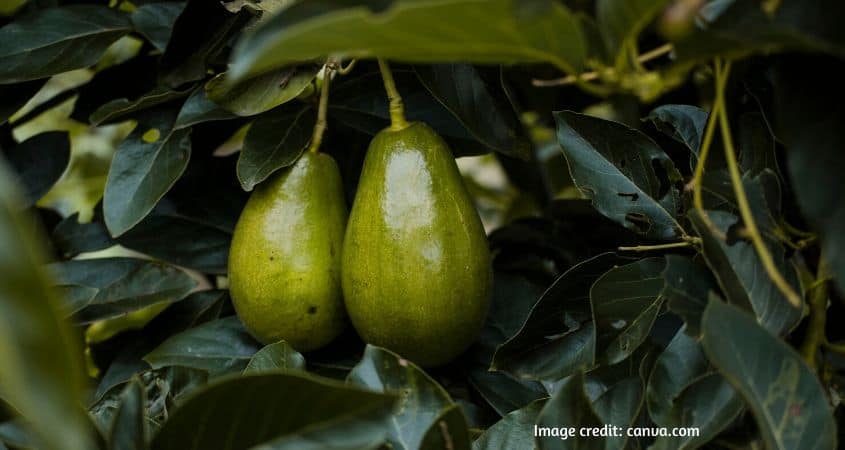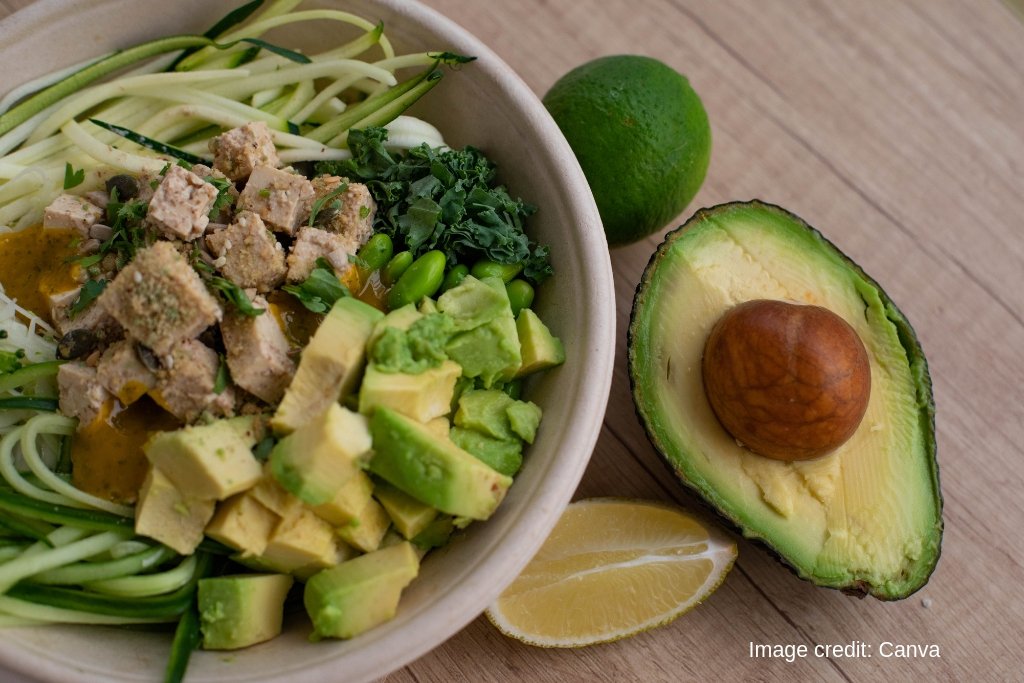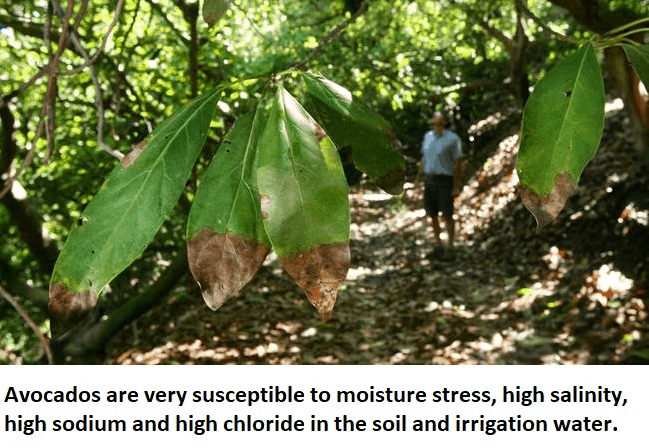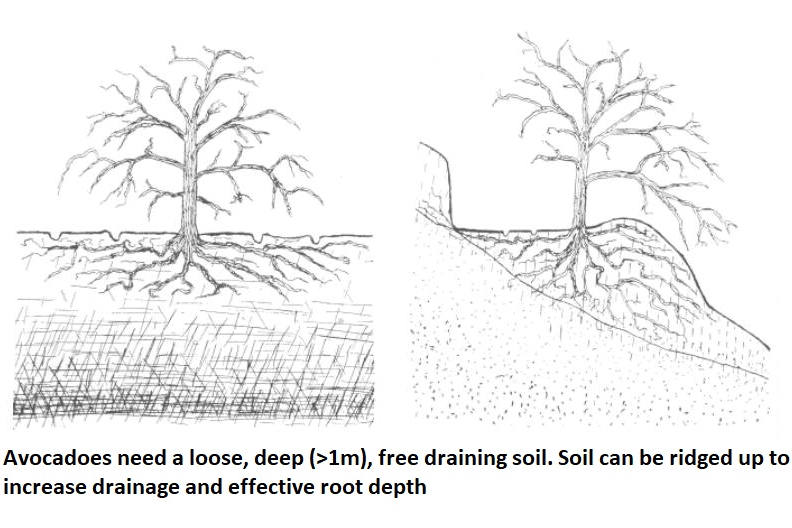
Your ultimate Avocado Farming Guide: Avocado farming in Kenya and around the globe is gaining prominence partly because of the nutritious benefits of the avocado fruit. But where does one start in farming this delicious fruit? Here, we discuss more on the best practices on how to grow Avocados in Kenya.
Full of flavor, packing a high nutrient punch and neatly protected by its own skin, it is no wonder that the amazing avocado is gaining popularity as a healthy superfood. The annual global demand is increasing at a faster rate than the annual global production resulting in higher prices on the world market. Despite the price increases demand continues to grow. In America alone, the annual per person consumption of avocados increased an incredible 7 times between 2009 and 2016! Kenya is the 6th largest producer of Avocados in the world. Avocados are also very popular for local domestic consumption.
It is not surprising, then, that avocado farming ticks lots of boxes in our 2030 Vision and most recently in Uhuru’s Big 4. Food security and agricultural development are key pillars. There is a great deal of talk and action around avocado farming at county level. It is most important to retain our reputation for good quality sustainable production in the Global Market.

Avocados are the fatty fruit of the avocado tree, Persea Americana, native to Central and South America. They have a smooth creamy texture, suitable for young children and a pleasant flavor. Avocados are packed with fiber, and heart healthy mono-saturated fats, which makes them rich in vitamins and minerals. They are low in sugar, sodium and cholesterol. They contain 1.6 times more potassium than bananas and act as a nutrient booster by increasing the absorption of fat soluble vitamins such as A, D, K and E.
This avocado farming guide is a long-term project, which requires initial high costs at planting, followed by a 3-5 year wait for the trees to come into production. To reap healthy rewards, it is essential to do a full risk assessment before you start and maintain a healthy plantation that gives top yields for many years.
Both Climate and Avocado Variety are interlinked. To begin with, Variety is market driven ( e.g. Domestic markets usually prefer the Fuerte avocado variety, while Export markets prefer the Hass avocado variety). West Indian cultivars originated in the humid tropical lowlands of Central America and prefer higher temperatures and humidity and do not tolerate frost. In this Avocado Farming Guide, The Mexican races are more frost tolerant and grow at lower temperatures and humidity. Guatemalan cultivars originated from tropical highlands and are sensitive to high temperatures (38C) and low humidity (<65%) which cause flower and fruit drop. Fuerte cultivar is a natural hybrid between cultivars and has a wider climatic tolerance.
In general, cool temperatures (mean daily 20-24C) are best because hot dry weather causes fruit drop. Areas with little to no frost. Humidity should exceed 50% at midday especially during flowering, pollination and fruit set. Avocados hate wind. They have brittle branches that snap off easily. Wind damages the fruit.
Rain fed avocados need >1000 mm rainfall a year, spread out through out the year, with a two-month drier season pre-flowering. Our Avocado Farming Guide shows that most avocados need irrigating. Plants require about 25 mm water per week. Farmers should ensure that they have access to enough water year-round as droughted avocado trees die fast. You should test your Irrigation water quality. High pH and bicarbonates create a free lime build up in the soil. High salts, sodium and chloride have a very negative affect on the plants.

Application of water is by drip or micro sprinkler. The main roots are very shallow, and water needs to be evenly distributed throughout the root area. The soil in the root zone can easily dry up or become salty and proper moisture control is critical. A diligent farmer will invest in a proper soil moisture monitoring system – as soil moisture determines root health, production and longevity of the trees.
A healthy avocado tree has a root system that can penetrate the soil to 1 m, with most of the feeder roots in the top 20 cm of soil in the drip zone. The roots are very fragile. When roots are damaged or waterlogged, Root rot (Phytophthora) can develop very fast. This Avocado Farming Guide shows that it is essential to determine, in advance, the suitability of soil for avocado production and make the soil amendments for the avocado tree.
How to prepare soil for planting avocado tree: Soil profile pits should be dug throughout the farm, at least 1.5m deep and a minimum of one pit per ha (more in hilly or non-homogenous areas). One should look at soil color, soil texture, hard pans, sitting water, structure, patches, concretions, gravel and stones. You should ensure that Soil samples need are analyzed for chemical and textural properties. Samples should include both the topsoil (0-20cm) and subsoil (20cm- 1m). Drainage and soil depth can be increased by mounding the soils up.
Red / brown soils are preferable, yellow/gray/light brown soils are often prone to temporary or permanent waterlogging. Planting avocado tree in clay soil or in very dark or black soils which tends to have too much clay or a large percentage of organic matter that may result in acidic conditions and aluminum toxicity.
Clay content should be tested in the lab (soil texture analysis). Avocados do best in soils with 20-40% clay. In soils with a low clay content (<20%), the water holding capacity is generally much lower, requiring more frequent irrigation, and the roots may suffer from temporary drought. Very heavy clay soils have higher water retention and lower infiltration rates. These soils may become over saturated during heavy rainfall or over irrigation, which promotes root rot.
The roots grow near the surface and are very fragile. Soil structure plays a big role in production and root health. Strongly developed block structures, soils that break into hard clods and soils that have large cracks when dry are unsuitable. Soils should only show small, fine cracks when the soil dries up.
Avocados soil pH varies from pH 5-7, with an optimum pH of 6.2 to 6.5. A complete soil analysis, done in good time well in advance of planting, is essential. Lime is added to acidic soil to increase the soil pH to 6.5.
Avocado soil nutrients. Dolomitic lime is part substituted for calcitic lime if magnesium is deficient. If phosphorous is deficient it should be added along with the lime and mixed thoroughly into the soil prior to planting. Incase the soil is too alkaline, the pH may be reduced by adding sulphur and keeping the soil moist for 6-12 months.
Calcium is a critical nutrient in avocado production. Soil levels need to be higher enough to suppress root rot. Plant levels are important for the nutrient content and storability of the fruit.
Avocado soil preparation. Soils should be deep ripped in a cross pattern to crack any hard pans. Soil amendments (lime / calcium / phosphorous / organic matter) should be well mixed into the soil. The soil should be loosened as deep as possible. In shallow soils – ridges of 3m wide and 0.5m high are recommended to increase soil depth and drainage. Inter-row spacing should be planned to allow equipment access. Tree density depends on the climate and the variety.

Plants should be certified clean, well hardened, grafted plants. In our Avocado Farming Guide, we delve deeper into the importance of planting the trees as soon as possible, to prevent them from becoming root-bound or developing nutrient deficiencies. Store plants in the shade, because containers can become hot and the roots can easily burn.
Transplanting avocado tree. If soil preparation is done properly a small planting hole should be dug, plants placed in the hole and the soil pressed gently in around the roots. Plant trees to the same depth as they are in the planting bag with a slight mound around the base to prevent water puddling on the stem. Young trees are very susceptible to salt damage and a well-prepared orchard should not require fertilizer in the planting hole. Support the trees with sturdy props and whitewash the stems to prevent sunburn.
Avocado Irrigation Schedule. Part of our Avocado Farming Guide is to showcase how Proper irrigation is critical to get a good plant stand. Young avocado trees have a very small root system and are used to frequent irrigation. Avocados are very sensitive to moisture stress. Apply frequent light irrigations, and regularly check the subsoil moisture status and apply intermittent larger irrigations to re-fill the subsoil. Note over irrigation is just as harmful as under irrigation.
A thick organic mulch is recommended in young plants to reduce evaporation off the soil and prevent very high and low root temperatures and salinity buildup. As the trees grow and mature they will make their own thick layer of mulch. Very often the feeder roots will establish in this mulch. The mulch also reduces weed competition.

A full irrigation water and pre-plant complete soil analysis of top soil and sub soil are required at least 6 months before you plant. Thereafter an annual soil analysis is required to check the nutrient status of the soil. This should be accompanied by a leaf analysis and irrigation water analysis.
Avocado fertilizer schedule, program or recommendation. The amount and type of avocado fertilizer required depends on the soil nutrient status, water quality, plant size, plant density and yield expectation. To get good consistent soil and plant status results, 20 healthy, representative, well distributed trees should be marked and the soil and leaf samples taken from these. To get a good avocado tree fertilizer ratio or program going, at least five years of soil and leaf samples should be taken, and the history noted. It is not always possible to correct nutrient in-balances in one season because it is a gradual process.
Avocado seedling fertilizer. Young transplanted avocado trees should not be fertilized too early. Trees must first become properly established and vigorously growing (6-12 months). Never apply fertilizer against the stems of the trees. Each fertilizer application should be followed by a light controlled irrigation. DO NOT work the fertilizers into the soil – this will damage the shallow roots. Lastly in our Avocado Farming Guide; For irrigated trees, fertigation is preferable to prevent soil Electrical Conductivity (EC) spikes and to get an even distribution of fertilizer in the root zone.
To know more about avocado farming in Kenya, to test your irrigation water or soil type, or for help planning your avocado farming program please contact us at support@cropnuts.com.
Till next time
Happy farming!
Ruth

Ruth Vaughan is the Technical Director at Crop Nutrition Laboratory Services Ltd. (CROPNUTS). Ruth is also a contributing author to Kenya’s leading horticulture magazines such as the HortFresh Journal, HortiNews and Floriculture. Ruth is a great believer in soil health, organic matter, biochar and carbon sequestration as a way to alleviate climate change and increase food security. Loves visiting farmers and seeing all the different farming methods
Order our services and get to know how to improve your soil for better yeilds.